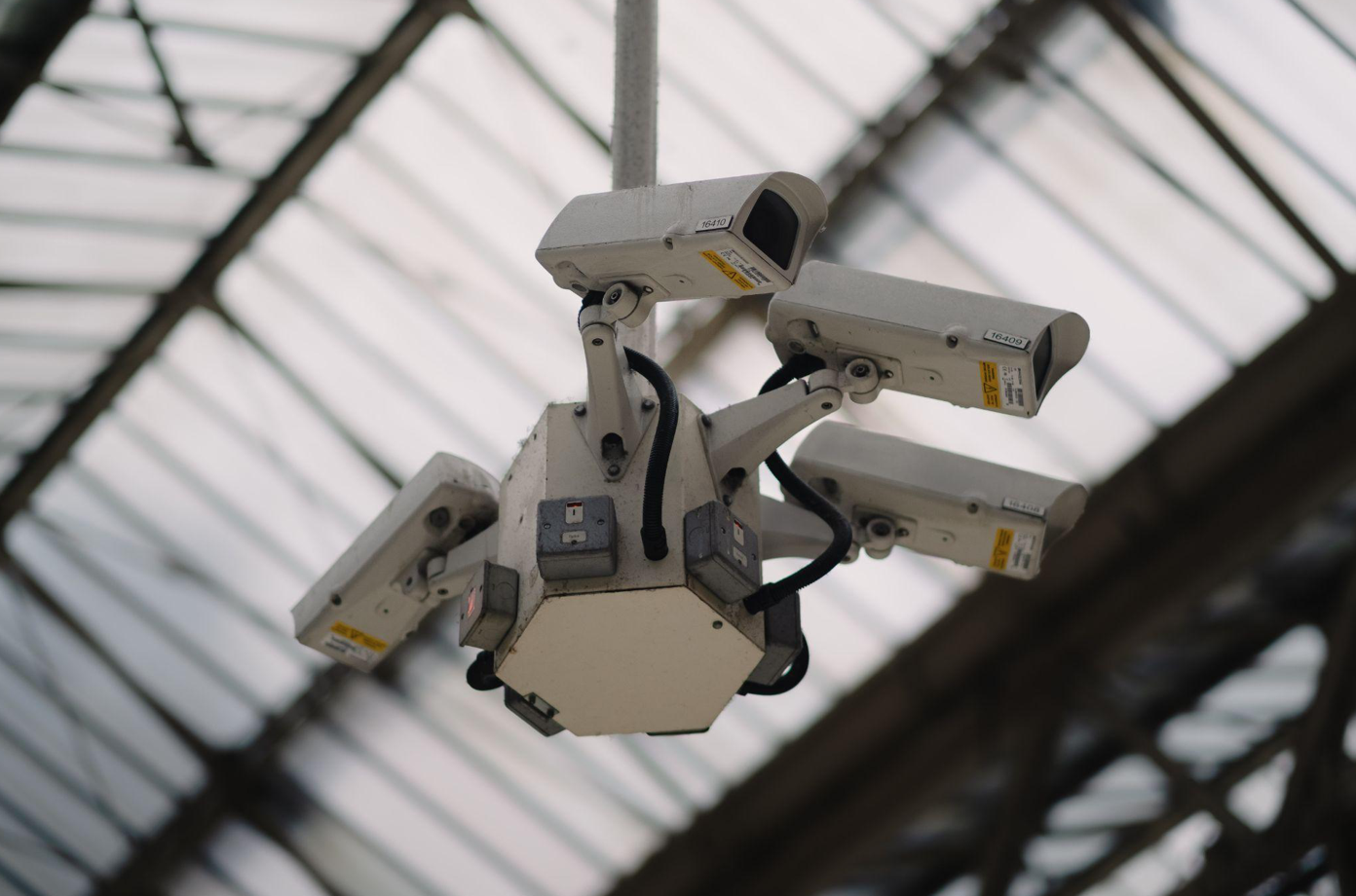There is no one-size-fits-all answer in determining who is at fault in a bicycle versus a car accident.
Accidents involving bicycles and cars often present unique complexities when pinpointing who is at fault. These incidents’ ambiguity can lead to a heated blame game, causing further complications. These scenarios highlight the importance of a clear understanding of traffic laws, which form the bedrock of any investigation following such incidents.
Knowledge of traffic regulations isn’t simply about ascertaining culpability. It’s about injecting much-needed clarity into a potentially chaotic situation. By using the rules of the road as our guiding light, we can navigate the intricacies of these incidents and arrive at a fair determination of who bears responsibility. This, in turn, aids in ensuring that justice is served appropriately.
Navigating Through The Legal Maze
You might be asking, ‘Who should I turn to for help in these matters?’ When dealing with bicycle versus car accidents, specialized legal counsel becomes crucial. For bicycle-related accidents, consulting with a bicycle accident attorney can provide essential guidance in understanding the nuances of the situation.
On the other hand, in car-related accidents, a car accident lawyer could be the best resource to assist in navigating the intricacies of automobile laws and insurance claims.
Understanding The Rules Of The Road
Both cyclists and motorists are required to follow traffic laws. Understanding these regulations is key to determining fault in an accident. For instance, bicyclists must ride as close to the right-hand side of the road as safely as possible. Failure to do so could result in them being liable for an accident. Similarly, drivers must give cyclists adequate space when passing, typically three feet or more.
Analyzing The Accident Scene
Collecting evidence at the scene can significantly aid in determining fault. Photos of the accident scene, witness testimonies, and police reports play critical roles. They provide a more detailed account of the incident, helping to piece together the events leading up to the collision.
Role Of Surveillance Cameras
Surveillance cameras are becoming more common in public areas. They can be a key factor in determining fault in these accidents. These cameras can provide an objective, unbiased view of the accident as it unfolded. If footage from a surveillance camera is available, it can be a significant asset in determining who was at fault.

In addition to providing a clear view of the accident, surveillance cameras can also capture other important details such as weather conditions, traffic volume, and even the vehicles’ speed. This footage can give investigators and attorneys a complete picture of what occurred and aid in establishing fault. Consequently, surveillance cameras have become an increasingly important tool in resolving liability disputes in such accidents.
Evaluating The Damage
Evaluating the damage on both the bicycle and the car is critical in determining fault in a bicycle vs. car accident. By carefully examining the damage patterns, experts can better understand how the collision occurred. The accident’s direction, speed, and impact can be inferred from the damage, allowing for a more accurate recreation of the scenario.
For example, examining the point of impact and the extent of damage on the bicycle can provide insights into whether the car struck the bike from behind, from the side, or another angle. Similarly, analyzing the damage to the car can offer clues as to the severity of the impact and the angle at which it occurred. Combining this information with other evidence, such as witness statements or surveillance footage, a clearer picture of fault can be determined.
Factoring In Weather Conditions
Factoring in weather conditions is a crucial aspect of investigating bicycle vs. car accidents. Poor weather conditions such as fog, rain, or icy roads can significantly impact visibility and control, potentially contributing to the incident. It is important to consider these factors when determining fault and assessing the role they played in the accident.
For example, if the accident occurred during heavy rain or fog, it may have impaired the driver’s visibility, making it harder to see the bicycle or react in time to avoid a collision. Similarly, icy roads can lead to decreased traction, making it difficult for the bicycle and car to maintain control, potentially resulting in a collision. By analyzing the weather conditions at the time of the accident, investigators can better understand how the conditions may have influenced the actions and abilities of both parties involved.
Conclusion
With a solid understanding of the rules of the road, clear evidence, and possibly expert assistance, determining who is at fault in a bicycle versus car accident becomes significantly more manageable. Remember, it’s not about laying blame but seeking fairness and justice. This clarity can pave the way for the parties to obtain the right compensation and support for their recovery.
There is no one-size-fits-all answer in determining who is at fault in a bicycle versus a car accident. It requires a careful examination of the circumstances surrounding the accident and, potentially, the help of legal professionals. A thorough understanding of traffic laws and a detailed analysis of the evidence will certainly assist in making a fair determination.


Join the conversation!